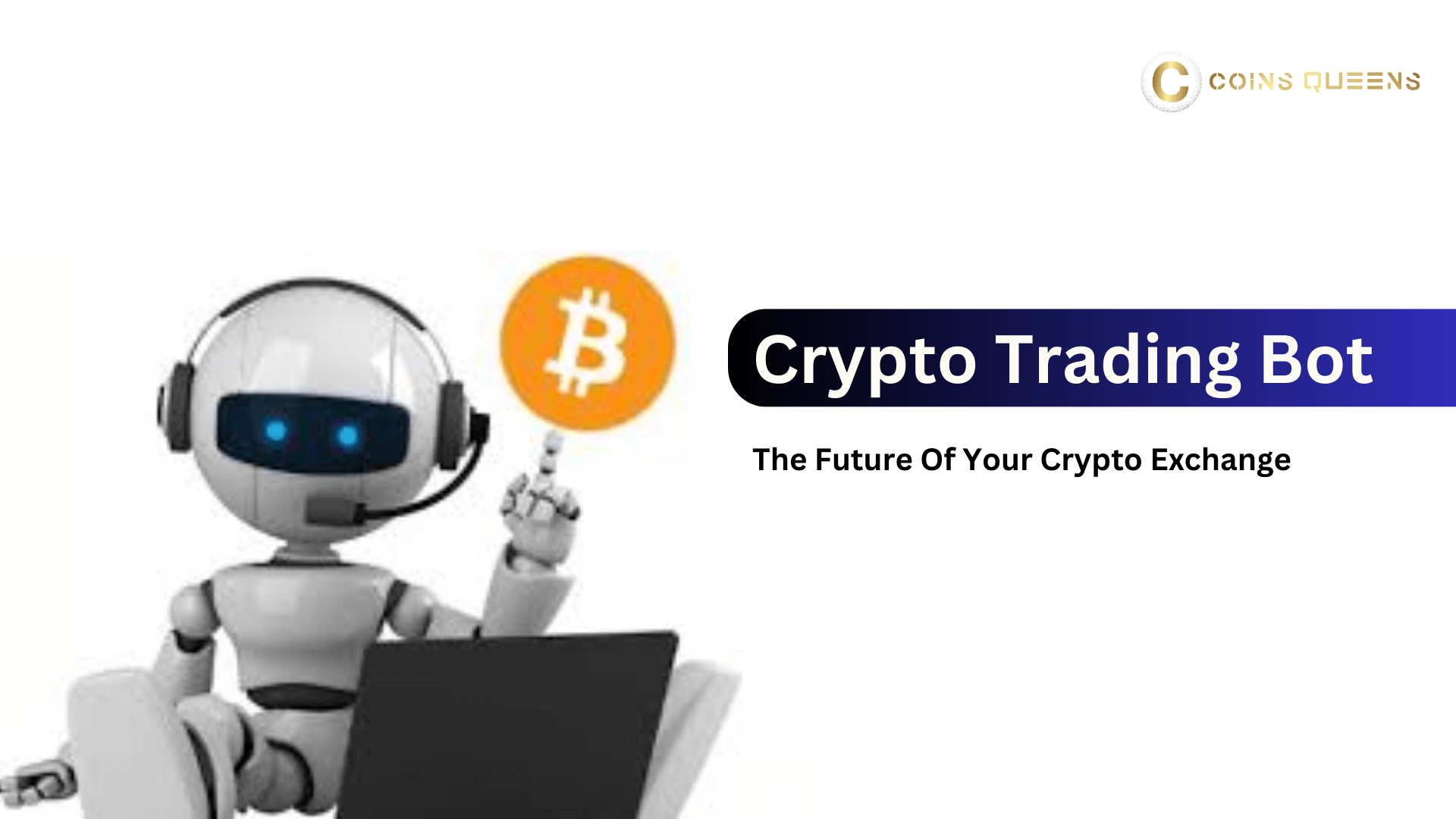Tokenization refers to the process of converting physical assets into digital tokens that represent ownership or rights to those assets. This technological innovation has extended to various asset classes, including precious metals.
Precious metals like gold, silver, and platinum have long been considered safe havens and valuable components of investment portfolios. Their intrinsic value and historical significance make them attractive to both individual and institutional investors. However, the process of investing in these metals has traditionally involved challenges such as storage, liquidity, and accessibility. Tokenization offers a modern solution to these issues by leveraging blockchain technology to simplify and enhance the investment process.
What is Precious Metal Tokenization?
Explanation of Tokenization and Its Application
Tokenization involves creating a digital representation of a physical asset on a blockchain. For precious metals, this means converting physical gold, silver, or platinum into digital tokens that are securely recorded on a blockchain ledger. Each token represents a specific quantity of the underlying metal and can be easily traded or transferred between investors.
The process of tokenizing precious metals offers several advantages over traditional methods. By using blockchain technology, tokenization ensures that every transaction is recorded transparently and immutably, reducing the risk of fraud and enhancing security.
The Tokenization Process
Sourcing and Verifying the Precious Metal: The first step involves acquiring the physical precious metal and verifying its authenticity and purity. This is crucial to ensure that the digital tokens accurately represent the underlying asset.
Storing the Metal Securely: Once verified, the precious metal is stored in a secure vault. This storage facility must meet stringent security standards to safeguard the physical asset.
Creating and Issuing Digital Tokens: The next step is to create digital tokens that represent ownership of the stored precious metal. These tokens are issued on a blockchain, providing a digital certificate of ownership.
Ongoing Audit and Verification: To maintain trust and integrity, ongoing audits and verification processes are conducted to ensure that the digital tokens remain backed by the physical metal. This continuous oversight helps maintain the value and credibility of the tokenized asset.
Types of Precious Metals Commonly Tokenized
Gold: Gold is the most commonly tokenized precious metal due to its widespread use in investment and jewelry. Gold tokens are popular for their stability and value preservation.
Silver: Silver is also frequently tokenized and is valued for its industrial applications as well as its investment potential. Silver tokens offer a more affordable alternative to gold.
Platinum: Although less commonly tokenized than gold or silver, platinum tokens provide diversification opportunities for investors interested in rare and valuable metals.
Benefits of Tokenizing Precious Metals
Accessibility
Tokenizing precious metals makes them more accessible to a global audience. Investors no longer need to worry about physical storage or geographic limitations. With digital tokens, anyone with an internet connection can invest in precious metals, breaking down barriers to entry and expanding market reach.
Liquidity
One of the significant benefits of tokenization is the increased liquidity of precious metals. Digital tokens allow for fractional ownership, enabling investors to buy and sell smaller quantities of metal easily. This fractionalization makes trading more flexible and reduces the challenges associated with buying or selling physical assets in large amounts.
Transparency
Blockchain technology provides transparency by recording every transaction on a public ledger. This transparency helps prevent fraud and ensures that all transactions are traceable. Investors can verify the authenticity and ownership of their tokens with ease, enhancing trust in the system.
Cost-Effectiveness
Tokenization reduces several costs associated with traditional precious metal investments. By eliminating the need for physical storage, transportation, and intermediaries, tokenized precious metals offer a more cost-effective solution. Investors save on storage fees and transaction costs, making it a more economical choice.
Use Cases of Precious Metal Tokens
Investment Diversification
Precious metal tokens offer a valuable tool for portfolio diversification. Investors can use these tokens to balance their portfolios with assets that have historically shown stability and value preservation. Diversifying with tokenized metals allows investors to spread risk and potentially improve returns.
Stablecoins
Precious metal tokens play a role in the creation of stablecoins, which are cryptocurrencies designed to maintain a stable value relative to a fiat currency or other assets. By backing stablecoins with precious metals, issuers can offer a more stable and reliable digital currency that is less susceptible to market volatility.
Cross-Border Payments
Tokenized precious metals can facilitate secure and swift cross-border payments. The blockchain’s transparency and efficiency streamline international transactions, reducing the time and cost associated with traditional banking methods. This feature is particularly valuable for businesses and investors involved in global trade.
The Process of Tokenizing Precious Metals
Step 1: Sourcing and Verifying the Precious Metal
The initial phase involves sourcing high-quality precious metals from reputable suppliers. The metal’s purity and authenticity are verified through rigorous testing and certification processes. This ensures that the digital tokens accurately represent the physical asset.
Step 2: Storing the Metal Securely
Once verified, the precious metal is securely stored in a high-security vault. The storage facility must meet strict standards to protect the asset from theft or damage. This secure storage is crucial for maintaining the integrity of the tokenized asset.
Step 3: Creating and Issuing Digital Tokens
Digital tokens are created to represent ownership of the stored precious metal. These tokens are issued on a blockchain platform, providing a secure and transparent record of ownership. The blockchain ledger ensures that each token is linked to a specific quantity of the physical metal.
Step 4: Ensuring Ongoing Audit and Verification
Ongoing audits and verification processes are conducted to ensure that the digital tokens remain backed by the physical precious metal. Regular checks and updates help maintain the accuracy and reliability of the tokenized asset, providing investors with confidence in their investments.
Challenges and Considerations
Regulatory Compliance
Navigating the regulatory landscape for tokenized precious metals can be complex. Different jurisdictions have varying regulations regarding digital assets and securities. It is essential to ensure that tokenization practices comply with relevant laws and regulations to avoid legal issues.
Security Concerns
While blockchain technology offers enhanced security, there are still potential risks associated with tokenization. Ensuring the security of both the physical asset and the digital tokens is crucial. This involves implementing robust security measures and addressing potential vulnerabilities.
Market Volatility
Precious metals are subject to market fluctuations, which can impact the value of tokenized assets. Investors should be aware of the potential for volatility and consider how it may affect their investments. Tokenization does not eliminate market risk but offers tools to manage and mitigate it.
Why Choose Our Precious Metal Tokenization Services?
Our precious metal tokenization services provide a unique and secure solution for modern investors. We offer several advantages, including:
Advanced Security Measures: Our state-of-the-art security protocols ensure the safety of both physical assets and digital tokens.
Transparent Processes: We provide clear and transparent processes for tokenization, giving investors confidence in the authenticity and value of their assets.
Global Accessibility: Our services make precious metals accessible to investors worldwide, breaking down barriers and expanding market reach.
Cost-Effective Solutions: By reducing costs associated with traditional investments, we offer a more economical approach to investing in precious metals.
Our successful track record and client testimonials showcase the effectiveness of our tokenization services. We take pride in providing reliable and trustworthy solutions for our clients.
Conclusion
Tokenizing precious metals represents a significant advancement in the world of investment. By leveraging blockchain technology, tokenization addresses many of the challenges associated with traditional precious metal investments, including accessibility, liquidity, and cost-effectiveness.
As the financial landscape continues to evolve, Real World Asset Tokenization, including precious metals, offers a modern and efficient solution for investors seeking to diversify their portfolios and explore new opportunities. Whether you’re an individual investor or a business looking to streamline cross-border transactions, tokenized precious metals provide a promising avenue for growth.
At CoinsQueens, we specialize in providing cutting-edge precious metal tokenization services that cater to your investment needs. Our comprehensive solutions ensure security, transparency, and accessibility for your investments. Contact us today to discover how our innovative real world asset tokenization services can enhance your investment strategy and unlock new potential for your financial growth.
If You Are Interested,













